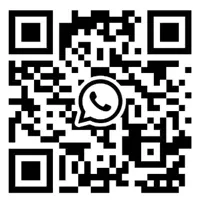
04
2025
-
08
How to install bearings
1. Pressure installation method
Suitable for small bearings or interference fit scenarios, requiring the use of a press or specialized sleeve to evenly apply force and avoid deformation caused by direct hammering. During the interference fit of the inner ring, pressure should be applied to the inner ring; If there is interference on the outer ring, press the outer ring; If both the inner and outer rings require interference fit, synchronous pressure should be applied.
2. Temperature difference installation method
Hot installation method: Heat the bearing to 80 ℃~100 ℃ (sealed bearings should not exceed 80 ℃), use the principle of thermal expansion to reduce assembly difficulty, and heat evenly to avoid local overheating.
Cold fitting method: Liquid nitrogen cools the shaft neck to shrink it, suitable for large bearings or high-precision scenarios.
3. Tap installation method
Only for clearance fit bearings, soft metal sleeves should be used to distribute the impact force and avoid directly hammering the rolling elements or retaining frames.
Standard installation process
Preprocessing stage.
Clean the bearings and shaft necks, remove rust proof oil and impurities, and seal the grease lubricated bearings immediately after drying.
Check the dimensional tolerance to ensure that the radius of the journal arc is smaller than the corresponding part of the bearing.
Installation operation.
Cylindrical hole bearings: When the interference fit is small, press in method is used, and when it is large, hot fitting is used; Conical bore bearings need to control the interference through axial pushing distance.
Angular contact bearings: They need to be installed back-to-back, face-to-face, or in series according to the direction of the load.
Check after installation.
Manually rotate the bearing to confirm that there is no jamming or abnormal noise, and the working temperature should be below 65 ℃.
During the trial operation, gradually increase the speed, with ball bearings at 1000-2000 revolutions per minute and roller bearings at 500-1000 revolutions per minute.
Key words:
Related news
2025-08-04
2025-08-04
2024-03-19
2024-03-19



